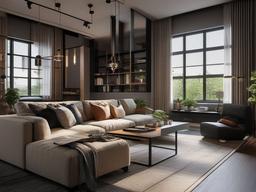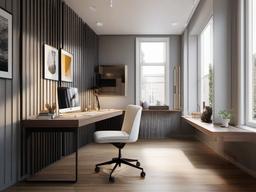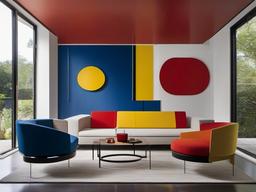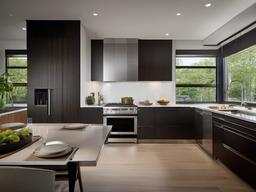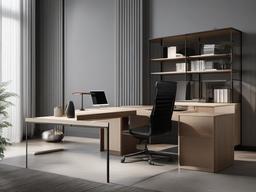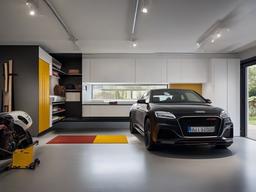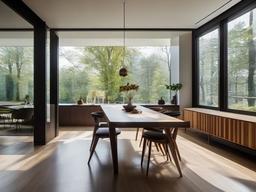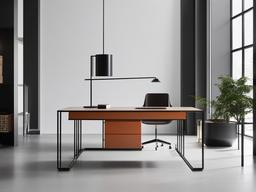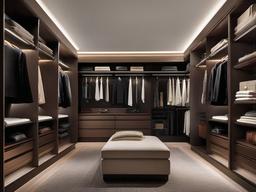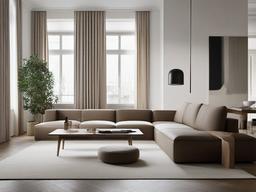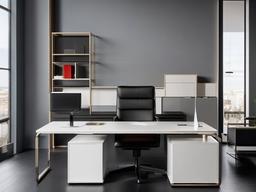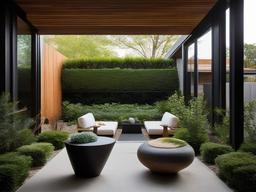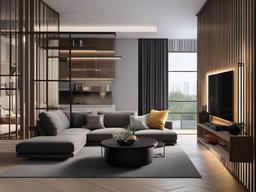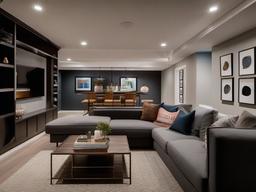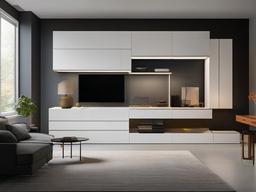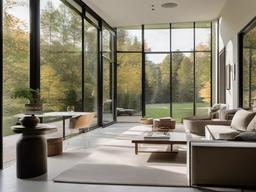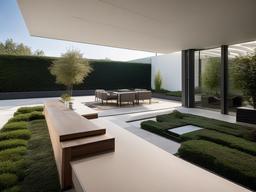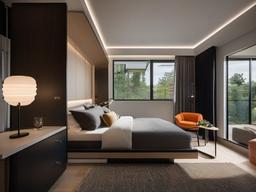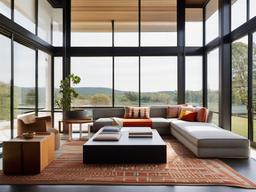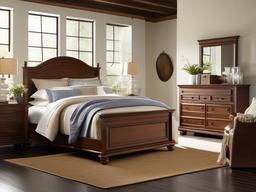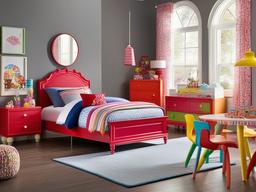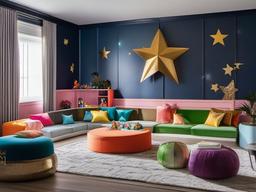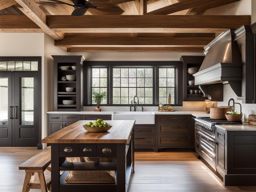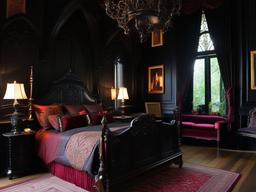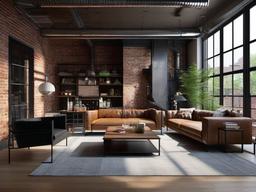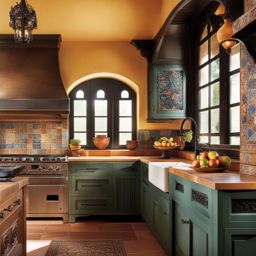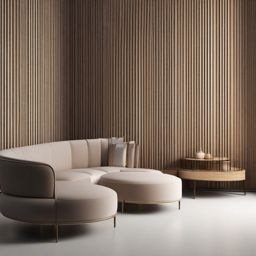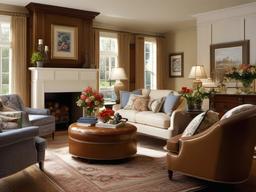Interior design decor ideas > bauhaus interior design style
Use Windy AI room design generator to assist in your room interior design and home decor. Generate ideas in over 40+ interior design styles.
The Bauhaus design style is known for its emphasis on functionality, simplicity, and the fusion of art with technology. Emerging from the famous German design school, Bauhaus interiors are characterized by clean lines, minimal ornamentation, and an efficient use of space. The style often features modern materials like steel, glass, and concrete, along with a neutral color palette with occasional pops of primary colors. Bauhaus celebrates practicality and innovation, making it ideal for those who appreciate modernist aesthetics and purposeful design.
Bauhaus originated from the Bauhaus School of Design, founded in 1919 by Walter Gropius in Germany. The school aimed to bridge the gap between art and industry, focusing on creating functional designs that could be mass-produced. Influenced by modernism, Bauhaus emphasized practicality, efficiency, and minimalism. The style had a profound influence on architecture, furniture, and design throughout the 20th century and became a cornerstone of modernist aesthetics. Its legacy lives on in the modern and industrial design movements today.
To achieve a Bauhaus-inspired interior, focus on clean lines, minimalism, and functionality. Choose furniture with simple, geometric shapes and materials like chrome, glass, and leather. Stick to a neutral color palette, with the occasional use of primary colors for visual interest. Opt for multifunctional pieces that prioritize practicality, and avoid excessive decoration. Incorporate open spaces and natural light to highlight the simplicity and efficiency of the design. Accessories should be minimal but thoughtfully chosen to serve both aesthetic and functional purposes.
Bauhaus design is characterized by its emphasis on form following function, with a focus on clean, geometric shapes and minimal decoration. Common materials include steel, glass, leather, and concrete, with furniture designed to be both functional and aesthetically pleasing. The color palette is typically neutral—black, white, and gray—with accents of primary colors (red, blue, yellow). Simplicity and open space are key, with an overall aesthetic that emphasizes practicality.
Bauhaus originated from the Bauhaus School of Design, founded in 1919 by Walter Gropius in Germany. The school aimed to bridge the gap between art and industry, focusing on creating functional designs that could be mass-produced. Influenced by modernism, Bauhaus emphasized practicality, efficiency, and minimalism. The style had a profound influence on architecture, furniture, and design throughout the 20th century and became a cornerstone of modernist aesthetics. Its legacy lives on in the modern and industrial design movements today.
To achieve a Bauhaus-inspired interior, focus on clean lines, minimalism, and functionality. Choose furniture with simple, geometric shapes and materials like chrome, glass, and leather. Stick to a neutral color palette, with the occasional use of primary colors for visual interest. Opt for multifunctional pieces that prioritize practicality, and avoid excessive decoration. Incorporate open spaces and natural light to highlight the simplicity and efficiency of the design. Accessories should be minimal but thoughtfully chosen to serve both aesthetic and functional purposes.
Bauhaus design is characterized by its emphasis on form following function, with a focus on clean, geometric shapes and minimal decoration. Common materials include steel, glass, leather, and concrete, with furniture designed to be both functional and aesthetically pleasing. The color palette is typically neutral—black, white, and gray—with accents of primary colors (red, blue, yellow). Simplicity and open space are key, with an overall aesthetic that emphasizes practicality.

